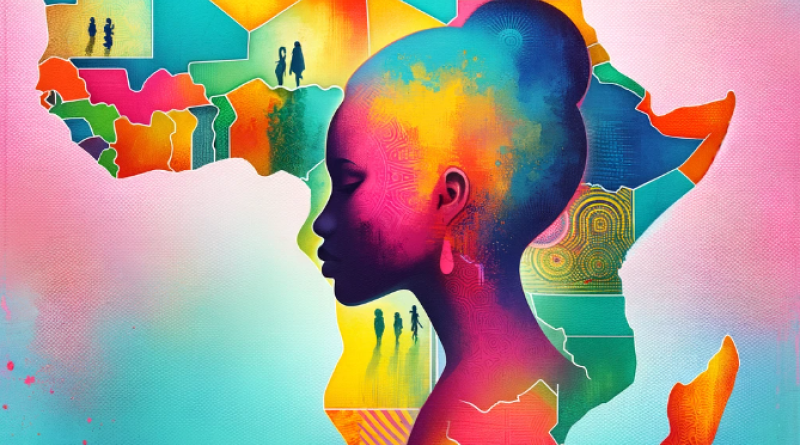Bridging the Gender Gap: Sub-Saharan Africa’s Progress and Global Insights from the 2024 Global Gender Gap Report

The World Economic Forum’s 2024 Global Gender Gap Report reveals that achieving gender parity worldwide remains a distant goal, projected to take five more generations. However, this year’s historic election season brings a glimmer of hope for advancing women’s rights and representation. Sub-Saharan Africa ranks sixth globally, with a gender gap score of 68.4%. The region has made notable strides in political empowerment, with Namibia and South Africa at the forefront. Nevertheless, challenges persist in economic participation and educational attainment.
Sub-Saharan Africa’s Progress and Challenges
Sub-Saharan Africa’s ranking is a testament to the region’s efforts in promoting political participation among women. Over half of the countries in the region have closed more than 70% of their gender gap. Yet, the disparity between the top and bottom ranks within the region remains significant, with a difference of 22.9 percentage points. Namibia and South Africa, in particular, have shown substantial progress in political empowerment, demonstrating the potential for other countries in the region to follow suit.
Global Top-Ten Ranking and Key Findings
The 2024 report highlights the top ten countries with the smallest gender gaps:
- Iceland
- Finland
- Norway
- New Zealand
- Sweden
- Nicaragua
- Germany
- Namibia
- Ireland
- Spain
Key Global Insights
Political Participation: The most impactful area of improvement globally is in women’s political participation. Despite this progress, top-level political positions remain largely inaccessible to women worldwide. With over 60 national elections in 2024 and the largest global voter turnout in history expected, there is potential for significant improvement in women’s political representation.
Labour Force Participation: Parity in the global labour force is on the rise, recovering to 65.7% from a pandemic low of 62.3% in 2022. This recovery indicates a positive trend towards closing the gender gap in economic participation.
STEM and AI Representation: Women’s representation in AI engineering has doubled since 2016, but there is still significant underrepresentation in STEM fields and AI roles. Addressing this gap is crucial for achieving overall gender parity in the workforce.
Regional Success Stories and Notable Progress
Latin America and the Caribbean: This region has made the most significant strides since 2006, with an overall improvement of 8.3 points, achieving a gender parity score of 74.2%. The region’s economic parity score of 65.7% and political empowerment score of 34% highlight its progress, driven by strong labour-force participation and professional roles for women. Latin America’s success can serve as a model for other regions aiming to close their gender gaps.
Individual Economies Making Strides: Several countries have made remarkable progress, climbing over 20 places in the rankings:
- Ecuador (+34, ranked 16th)
- Sierra Leone (+32, ranked 80th)
- Guatemala (+24, ranked 93rd)
- Cyprus (+22, ranked 84th)
- Romania and Greece (+20, ranked 68th and 73rd, respectively)
Conclusion
The 2024 Global Gender Gap Report, by the World Economic Forum, provides a comprehensive analysis of the progress and challenges in closing the gender gap worldwide. While significant strides have been made, especially in political participation and labour force parity, much work remains. The progress in Sub-Saharan Africa and other regions offers hope and a roadmap for achieving gender parity globally.



